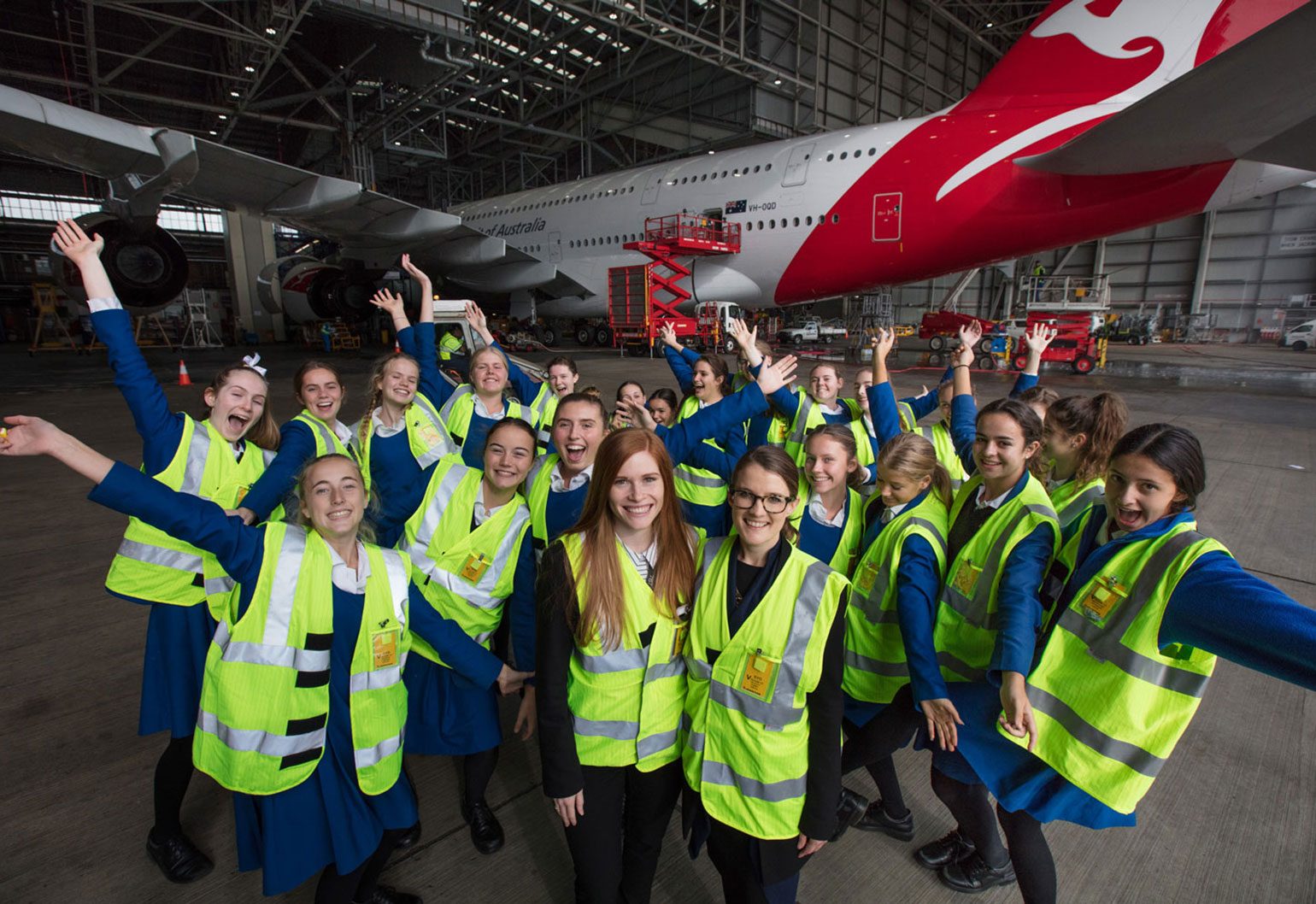Women account for just over one in 10 engineers, and this percentage is not increasing. Could more visible role models and bonus university entry points make a difference?
According to the latest Engineers Australia statistical overview report, the Australian Bureau of Statistics data puts the proportion of qualified female engineers in 2018 at 12.4 per cent – down from 13.4 per cent in 2017. Since 2012, the proportion of women has been variable, but is not trending upwards.
“What is unambiguously clear is that the proportion of women qualified engineers is not increasing,” the report stated.
A number of engineers are working hard to change this, including Power of Engineering founders Felicity Furey and Dr Jillian Kenny, and Fifty50 founder Dr Francesca Maclean, but there’s still a long way to achieve a more balanced workforce.
Be what you can see
Engineers Australia National President and Board Chairman Trish White has previously told create that increasing the number of visible female role models for women is essential to making progress towards gender equity in the profession.
Other STEM professions could also benefit from this approach. Dr Sue Keay, Research Director Cyber Physical Systems at CSIRO’s Data 61, said earlier this year that a low proportion of female robotics professionals could be improved by challenging stereotypes and promoting the professional achievements of women.

One way to do this is through online platforms, such as local efforts to create more Wikipedia profiles for notable women in STEM.
Another, the STEM Women online directory (launched by the Australian Academy of Science in August), could be another step in the right direction. The site aims to raise the profile and provide opportunities for women to promote their professional achievements and skills through public events, school visits and the media. The site also invites transgender women, intersex and non-binary professionals to share their achievements.
The CSIRO, Science & Technology Australia and the Australian Science Media Centre worked with the Academy to create the directory, which also received Federal funding. Minister for Industry, Science and Technology Karen Andrews encouraged engineers and other STEM professionals to “hop online” and sign up.
“You would be a visible STEM role model and a positive force for inspiring more women and girls into STEM,” she added.
Bonus ATAR points vs cultural change
According to Engineers Australia data, the proportion of female graduates has also decreased over time. Between 2001 and 2005, 16.4 per cent of graduates were women. In the five years leading up to 2017, the proportion dropped to 13.2 per cent.
University of Technology Sydney (UTS) has recently announced that it hopes to change this trend by offering potential female engineering students an extra 10 points on top of their Australian Tertiary Admission Rank (ATAR) score.
The UTS initiative has been approved by the NSW Anti-Discrimination Board, but was met with a mixed reaction from the engineering community, including diversity advocates Maclean and Kenny.
Kenny commended UTS for doing something tangible to try to increase female participation in engineering, but questioned whether entry requirements were a significant restriction to female students.
“Rather, I would assert that there are other reasons, for instance, the perception about engineering — what engineers do, or that it’s not a female-friendly profession — that play a far greater role in the low number of women enrolling in engineering degrees,” she told Careers with STEM.
Maclean agreed, adding that barriers begin long before students apply to universities, due to gendered socialisation and negative stereotypes about women’s abilities in maths and science.
While Maclean believes bold action is needed to achieve gender equality in engineering, she was concerned that the UTS strategy would exacerbate hostility towards female students.
“I’d like to know what culture change programs UTS has planned to counteract the inevitable backlash, and to build the inclusion capability of their student engineers so that these women have an equal chance to thrive in engineering,” she said.